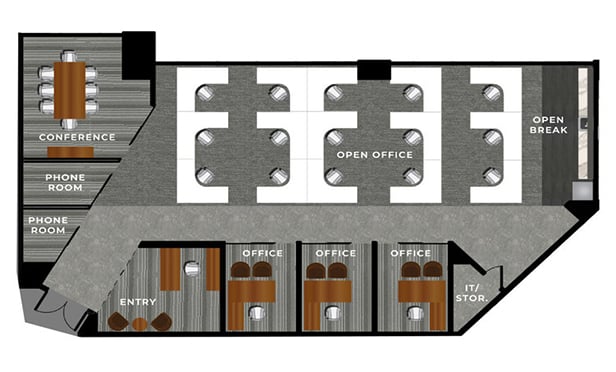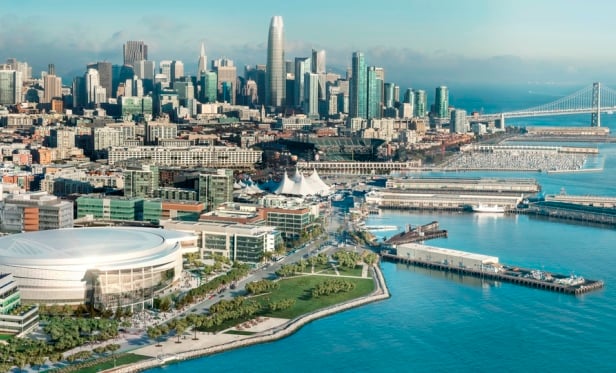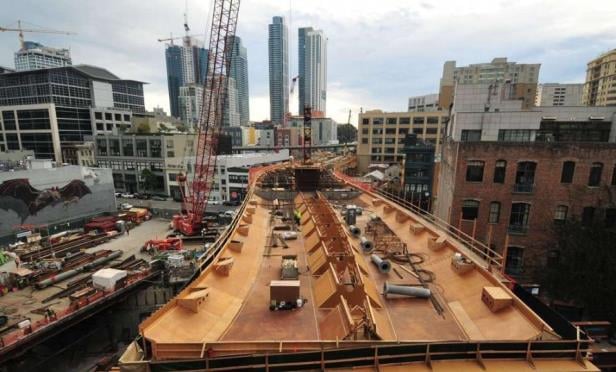SANTA BARBARA, CA—This was supposed to be the peak year of this cycle for apartment deliveries. However, the multifamily construction pipeline is taking longer than anticipated to clear out, due mainly to a shortage of qualified labor, says Yardi Matrix. The firm's forecast now calls for 2018 to represent the peak for deliveries of newly built apartments.
“Some analysts posit other reasons—for example, construction materials and structures are more complex today and therefore take longer to complete, or that local government approvals are taking longer than past years—but the labor shortage is almost certainly the primary driver,” according to a Yardi Matrix report. “Multiple surveys done by trade groups associated with the construction industry have been beating the drums about the lack of skilled labor for a few years.”
Construction industry employment has yet to fully recover from the downturn. It peaked at 7.7 million in 2007, dropped as low as 5.5 million in the wake of the Great Recession and now stands at 6.9 million. Nearly a decade after the housing bubble burst, “Fewer younger people are entering the industry as a profession, and employer surveys reveal that development firms are increasingly finding it difficult to hire a full complement of construction workers,” the report states.
Recommended For You
Want to continue reading?
Become a Free ALM Digital Reader.
Once you are an ALM Digital Member, you’ll receive:
- Breaking commercial real estate news and analysis, on-site and via our newsletters and custom alerts
- Educational webcasts, white papers, and ebooks from industry thought leaders
- Critical coverage of the property casualty insurance and financial advisory markets on our other ALM sites, PropertyCasualty360 and ThinkAdvisor
Already have an account? Sign In Now
*May exclude premium content© 2025 ALM Global, LLC, All Rights Reserved. Request academic re-use from www.copyright.com. All other uses, submit a request to [email protected]. For more information visit Asset & Logo Licensing.









